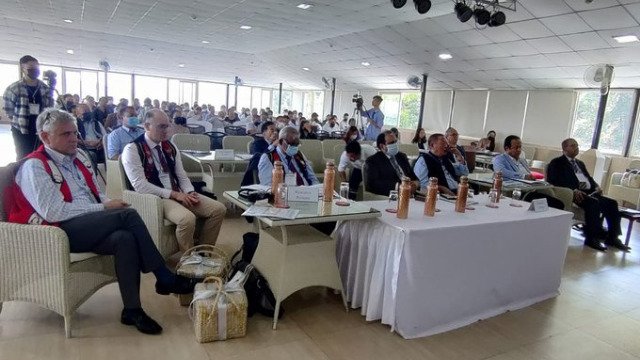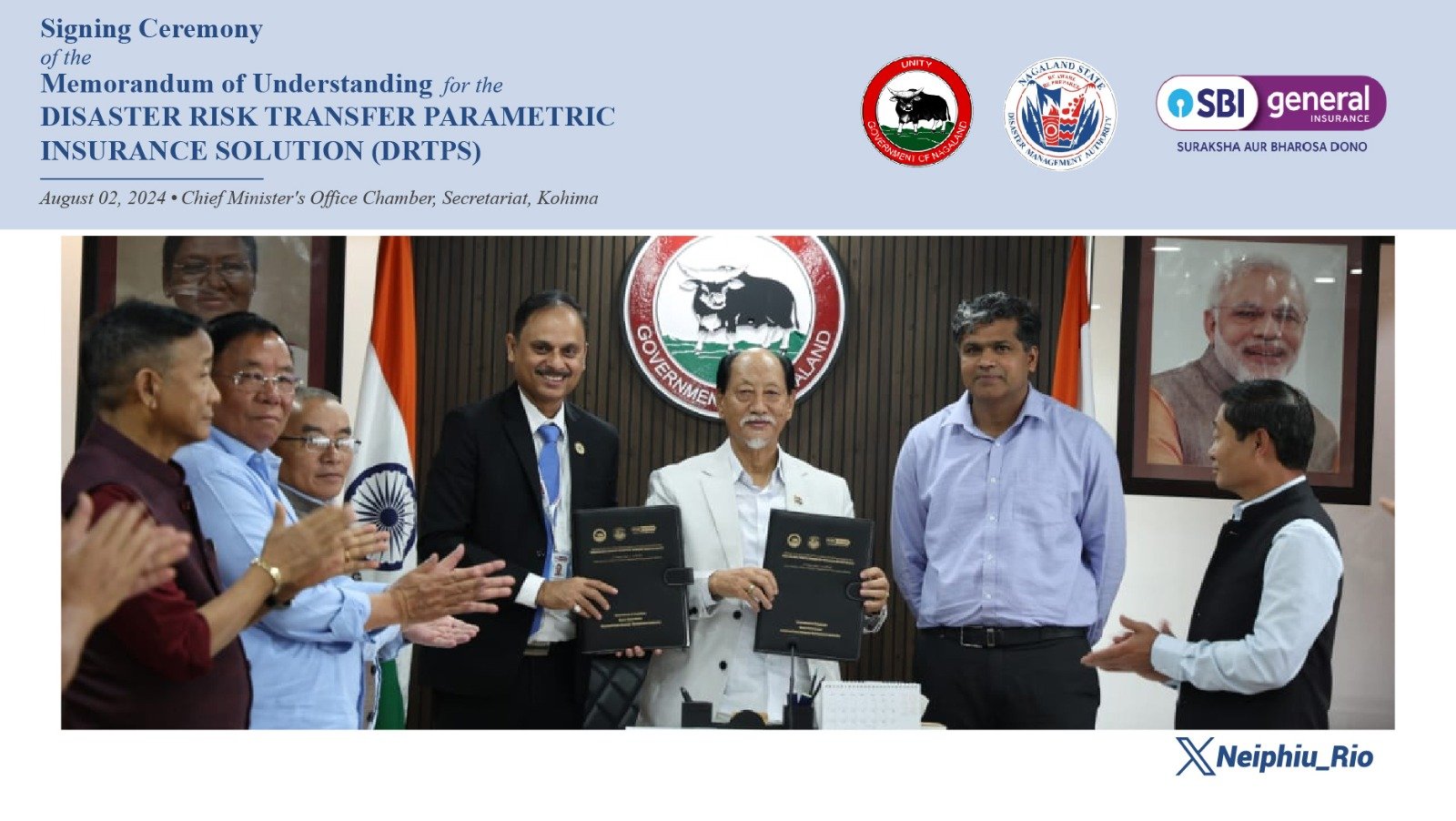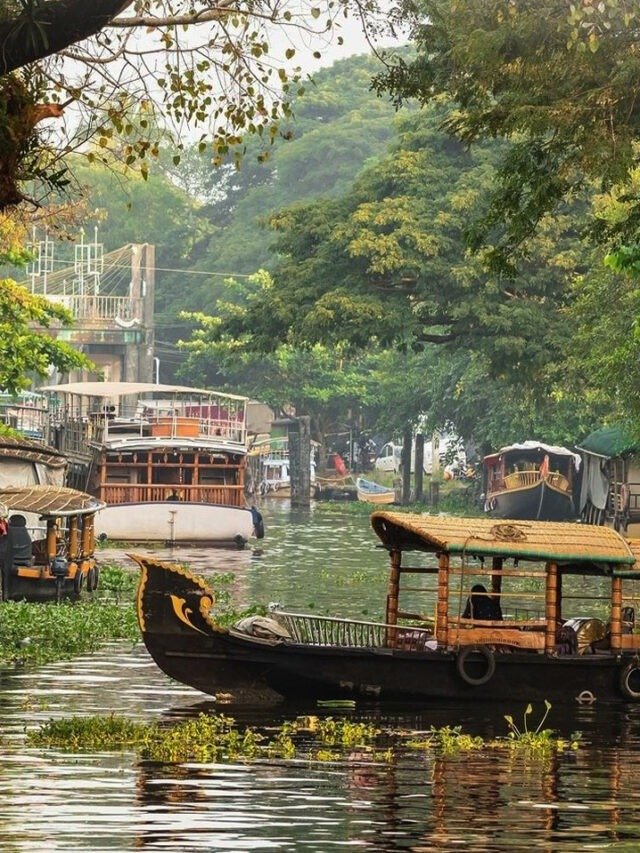HT Correspondent
DIMAPUR, Aug 8: In a bid to provide practical guidance to stakeholders to take actions to minimise the impact of disaster, reduce disaster risks, mitigate the impact of climate change and achieve sustainable development goals in Nagaland, the Nagaland State Disaster Management Authority (NSDMA), in collaboration with the UNICEF, organised a two-day workshop on Nagaland Disaster Risk Reduction Roadmap (NDRR) 2023-2030 at the Capital Convention Centre in Kohima.
Addressing the inaugural programme of the workshop on Thursday, adviser to new and renewable energy and NSDMA, Z Nyusietho Nyuthe, said Nagaland is located in the most vulnerable seismic zone and that the state’s land is weak and exposed to multiple disaster risks such as landslides, flood, earthquake, forest fire and wind.
He said the NSDMA under the chairmanship of chief minister Neiphiu Rio has made the Nagaland Disaster Risk Reduction Roadmap, with the hope that it would secure the future of the state from such risks.
He added that NDRR is a policy document designed to achieve long-term resilience in the state from threats posed by climate and disaster risks. This strategic document, designed by the NSDMA with the technical support of UNICEF, envisages strategic action plans for different stakeholders, Nyuthe said.
He said the NDRR signified a pivotal advancement towards a safer and more resilient Nagaland, underscoring the collective dedication of the people to strengthen preparedness for preserving our landscape and heritage from disaster risks. It also aimed to ensure sustainable development and build a resilient state where every citizen can thrive without the fear of disasters.
NSDMA joint chief executive officer Johnny Ruangmei outlined the main objectives of the workshop in his welcome speech.
Mukunda Upadhyay, senior consultant, disaster response roadmap, UNICEF India, and Rahul Dey, technical expert, UNICEF India, are the two resource persons of the two-day workshop.












